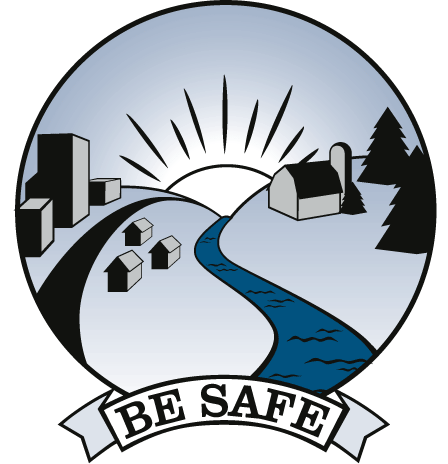![]()
![]()
![]()
FERTILIZER
Hazardous
Wastes In Fertilizer Threaten
Farmers,
Gardeners & Our Food Supply

The
Fertilizer Market for Hazardous Waste.
For
the last twenty five years, fertilizer manufacturers have been purchasing
industrial waste as a cheap source of raw materials containing plant
nutrients such as nitrogen and lime. The problem is that these
wastes often contain toxic ‘stowaways’—such as dioxin and heavy
metals like arsenic, lead, and mercury—that are disposed on our
farms and gardens under the guise of recycling. Industries
must abide by strict federal guidelines for tracking hazardous wastes
disposed at landfills, but if they sell their waste to fertilizer
companies, both parties can circumvent these laws and make money.
In other words, one day it is considered a hazardous waste,
and the next day it is being dumped on farmland or home gardens
as a “fertilizer.” More than six hundred companies from 44
states mix over 270 million pounds of hazardous waste with fertilizer
as a cheap and unregulated means of disposal [OTA].
Recycling
Exemptions Put Public at Risk.
Federal
law regulates the transport, disposal, recycling or reuse of hazardous
waste. The same disposal standards that regulate hazardous
waste going into specially lined landfills are applied to industrial
wastes used to make fertilizer. This is because the Environmental
Protection Agency (EPA) defines the application of fertilizer derived
from hazardous waste as a form of “land disposal.” Thus, farmlands,
golf courses, lawns, and gardens are being contaminated with hazardous
industrial wastes. These disposal regulations fail to protect
people, food crops, and farmland from exposures to dioxin and heavy
metals. The loopholes also allow toxic waste streams to bypass
costly disposal requirements and be “recycled” for use in fertilizer.
According to the EPA, about half of all zinc fertilizers are
made with ash from steel mills and tire incinerators. Federal
regulations permit waste streams with levels of dioxin as high as
800 parts per trillion and lead at as much as one percent to be
used to make fertilizer. Such exemptions allow persistent
toxins in fertilizers at levels that the EPA would require a cleanup
if dumped on a residential property!
Toxic
Fertilizers Threaten the Integrity of Food Supplies.
Heavy
metals and dioxins in fertilizers accumulate in agricultural soils,
are taken up by plants, and erode into surface waters. Repeated
applications of contaminated fertilizers put the integrity of our
farmland and food supply in question—lettuce, corn and wheat absorb
cadmium; root crops such as potatoes absorb arsenic; and fruits
and grains take up lead. Consumers, including farmers and
home gardeners, are kept in the dark because companies are not required
to provide any information about toxic ingredients or their source.
A few states have required fertilizer companies to report some of
the heavy metal levels in their products on a website. This
level of disclosure is woefully insufficient and should be available
at the point of purchase. Few fertilizer buyers have any idea
that they could be bringing home hazardous substances.
BE SAFE: Take Precautionary Action to Protect
Our Farmlands & Homes
from Contaminated Fertilizer